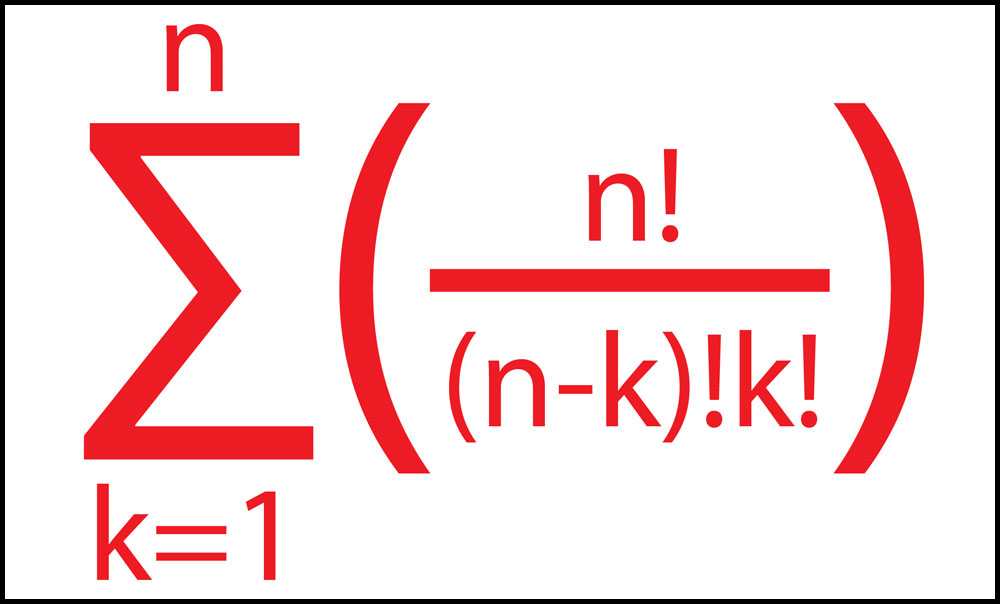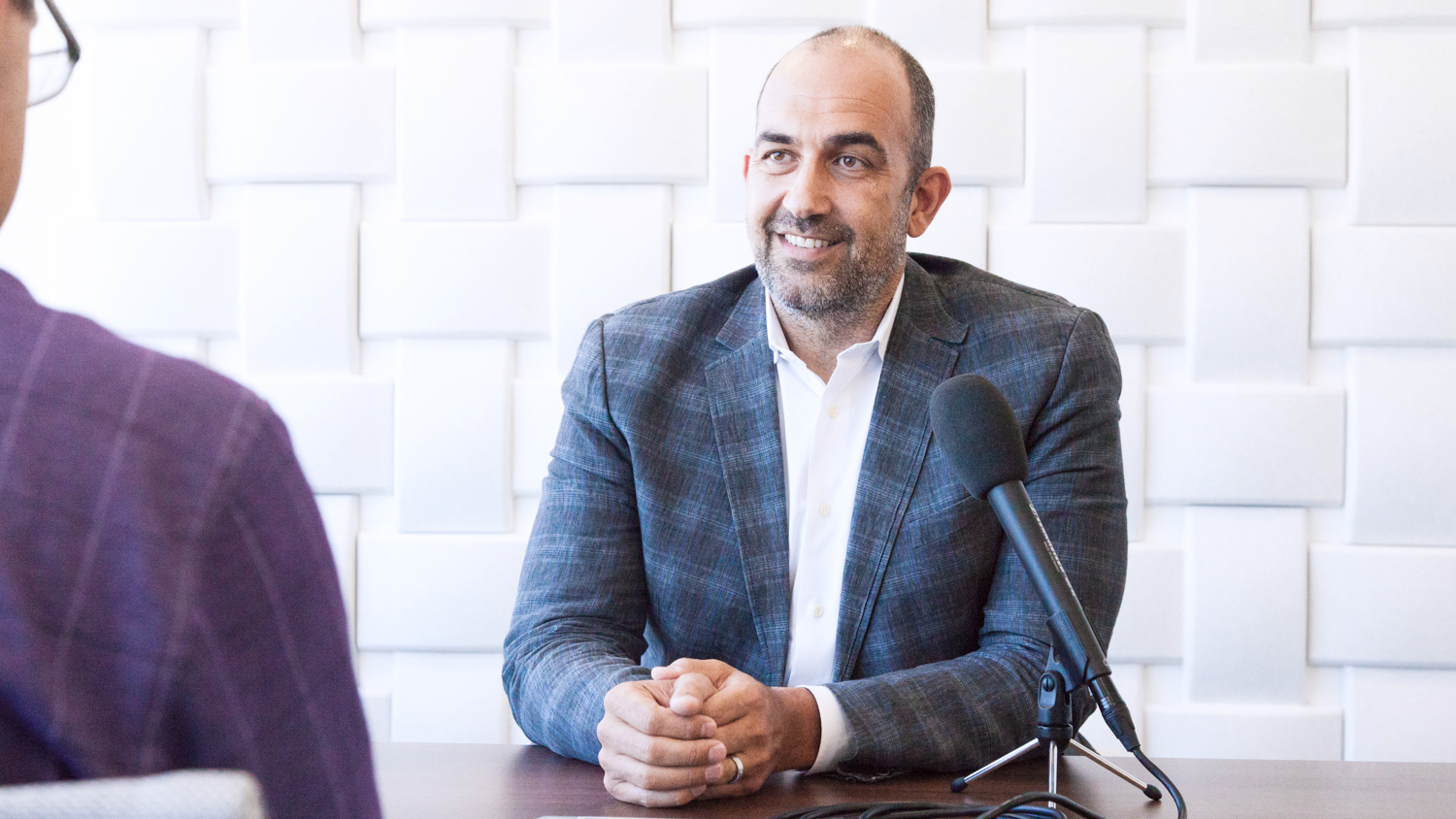Here’s 23,000 Ways That Branded Content Is a S**t Show (Guest Column)
By Reza Izad
LOS ANGELES (Variety.com) – My company, Studio71, received a request for proposal not too long ago from a major Hollywood studio looking to hire an influencer to promote one of its upcoming projects. We were one of four shops competing for the work and we felt confident, given that we worked with the perfect talent for the project, that we could win the business.
Unfortunately, it didn’t work out … for any of us.
Just days after submitting our proposal, I received a call informing me that every shop had pitched the same talent — our talent — for the project. The exec on the phone said that she had never seen anything like it. “Out-of-body experience” is how she described seeing four different proposals for the same talent, because such a scenario is unheard of in traditional entertainment.
Can you imagine if someone from CBS tried to sell “The Tonight Show?” Someone would be shot.
What made our story even worse was that while we all agreed on who the talent should be, we had four completely different visions for the product and (more importantly) the pricing associated with that talent. At the end of the day, we all looked stupid, the talent’s reputation took a hit, and nobody won the business.
Everyone who works in the branded content space has experienced a version of this nightmare. Although it’s been more than a decade since pioneering YouTube creators signed the first branded content deals, the branded content marketplace remains the Wild Wild West to this day.
| Column |
| A continuing series about branded entertainment |
| READ MORE |
There is no standardization or stabilization for either pricing or products, and many of the top online influencers continue to be shopped around by multiple influencer shops, simultaneously. The inconsistency creates daily chaos in the digital space.
Why is the branded content market still such a s— show? I have both a qualitative and a quantitative answer to that question.
The qualitative answer is simple: There are too many buyers and sellers in the marketplace.
Going back to the studio story for a second, it’s important to note that none of the companies that received the studio’s RFP actually perform the same service. Rather, we represented four of the five distinct groups that sell branded content and influencer products:
1. Content Publishers
2. Talent Agencies
3. Social Media Agencies
4. Digital Agencies
5. Data-Driven Influencer Platforms
Here’s where it gets even more confusing. Not only are there five groups on the sell-side of the market, but large brands currently allocate their branded-content dollars to five different buying groups as well:
1. In-House Brand Teams
2. PR Agencies
3. Media Agencies
4. Social Marketing Agencies
5. Creative Agencies
The people purchasing the content for these groups bring vastly different skill sets to the table and they work with different KPIs (key performance indicators) and value propositions for the content they purchase. And, naturally, they shop for different products.
The four primary products in the branded/influencer space right now are:
1. Social Media Shout-Outs
2. Sponsored Content
3. Fully-Integrated Videos
4. Content Amplification
However, keep in mind that these four product types must be tailored to at least one of the six major social platforms. As of this writing, those are:
1. YouTube
2. Instagram
3. Facebook
4. Twitter
5. Snap
6. Twitch
Which brings me to my quantitative answer to the “s— show” question. A few weeks ago, we were talking internally about the entanglement of buyers and sellers and products and platforms, when someone wondered aloud about how many different ways there are to sell branded content in the market. Our CTO, Mike Flynn, was in the office at the time and took that question as a math challenge. He immediately set about doodling an equation to explain the cacophony. Here’s what he came up with:
After all the factorials and unique combinations were taken into account, Mike informed us that there are more than 23,000 ways to sell branded content.
For the folks who don’t work in the influencer space, here’s an easy way to contextualize that huge number. In the branded content world, there are two large pools—brand dollars and influencer talent—connected by agency intermediaries. For the visual learners out there, imagine that brand dollars are the Pacific Ocean, influencer talent is the Atlantic Ocean, and the agency intermediaries are the rivers, streams, and tributaries crisscrossing the country to connect the two bodies of water. Taking into account the buyers, sellers, platforms, and products, there are more than 23,000 ways to connect the ocean of brand dollars with the ocean of influencer talent.
No wonder buyers are struggling to calculate ROI and sellers are struggling to maximize their value.
At some point, this industry needs to grow up. Industry estimates have pegged influencer marketing at a $3 billion market, branded content a $5 billion market, and both markets are growing by 30% every year. The small-ball era should be drawing to a close.
This sector can yield tremendous ROI on billions in investment, but that potential won’t be realized if branded content remains the domain of a thousand little proprietors.
It’s hard to demand transparency and consistency, let alone grow the market, when money is being hoarded into a thousand different pockets. The over-abundance of service providers creates too many weird market dynamics. That said, the best way to thin the herd on the sell-side is through consolidation on the buy-side.
Buyers always set the market. In this case, if brands were to consolidate from five buyers to one, the number of unique buy/sell combinations in our formula would drop by 80%.
Furthermore, inserting a single functional owner on the brand side (like they have for media, PR, creative, etc.), would lead to the development of success metrics to which that owner would be accountable, and drive further refinement in pricing and production. Sellers would then be challenged to optimize their product offerings, tighten up their talent relationships, and focus on creating data-driven, end-to-end solutions.
On the flip side, as long as brands continue to sprinkle their resources and accountability around to a bevy of disconnected buyers, they will risk stunting the growth of the overall market, and they will subject themselves to more horrifying out-of-body experiences.
Reza Izad is co-founder and CEO of , a multimedia company representing some of the biggest influencers working today. For more with Izad, listen to this episode of Variety’s Strictly Business podcast.


